Pollution
Page 2

Biofuels Worse for Climate Than Gasoline, New Study Finds
Read the full article online at http://www.ecowatch.com “A new study released by the University of Michigan in the Aug. 25 journal of Climate Change is causing a ripple through the fuel industry, as it contends that more carbon dioxide is actually released through biofuels than gasoline. Biofuels were always pegged as being more environmentally friendly because […]
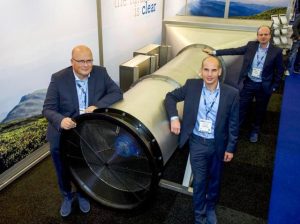
World’s First Outside Vacuum Cleaner to Filter Dirty Air
Read the full article online at http://www.ecowatch.com “A Dutch tech startup called Envinity Group has unveiled a giant outdoor vacuum cleaner designed to filter the tiniest toxic specks from the atmosphere. The invention was presented at the Offshore Energy trade fair in Amsterdam on Tuesday. “It’s a large industrial filter about 8 meters (26 feet) long, made […]

Why Natural Gas Is Not a Bridge Fuel
Read the full article online at http://www.ecowatch.com “For the past century, coal has been king, providing the majority of U.S. energy for electricity generation. But a combination of new federal and state environmental policies and a glut of cheap natural gas (mostly from hydraulic fracturing or fracking) have led to a dramatic shift during the past […]
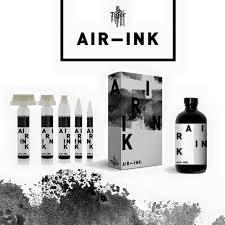
WATCH: Air Ink
Air Ink is a collaboration between Tiger Beer, MIT-spinoff Graviky Labs and Marcel Sydney.
It is an innovative range of pens, markers and spray cans made from air pollution.
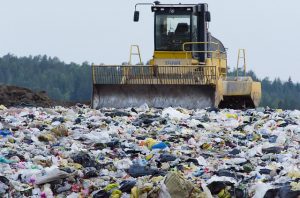
Extent of America’s Landfill Problem
America, land of the … landfills? That’s what we’ve turned into since 1937, when the first sanitary landfill opened in Fresno, California. Today, there are nearly 2,000 active landfills across the country and hundreds more are at capacity, a stark reminder of just how massive our waste problem has become. This visualization from SaveOnEnergy shows how quickly landfills have boomed across the country, particularly in the past 30 years. One thing we have to remember when looking at this is that trash, and landfills, are a human invention. Waste does not exist in nature, in any form. Everything that is produced in a healthy ecosystem is consumed or decomposed by another organism, or the sun. That is because, in a natural system, everything has value to something.
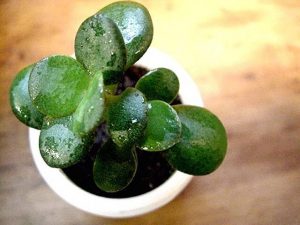
5 plants for removing indoor air pollution
New research finds that certain houseplants are best for removing specific harmful compounds. It’s not new news that houseplants are beautiful little workhorses when it comes to human health. Among their many benefits is one decidedly impressive one – they remove toxins from the air. And this isn’t just woowoo mumbo-jumbo. NASA, given their interest in improving air-quality in sealed environments, has researched this extensively and concluded: “Both plant leaves and roots are utilized in removing trace levels of toxic vapors from inside tightly sealed buildings. Low levels of chemicals such as carbon monoxide and formaldehyde can be removed from indoor environments by plant leaves alone.”
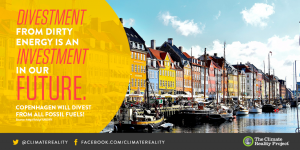
Five ways cities are acting on climate
Cities aren’t waiting for the rest of the world to make huge strides in confronting the climate crisis. In December 2015, almost the entire world (195 nations to be exact) agreed to reduce their greenhouse gas emissions and do their part to solve climate change as part of the landmark Paris Agreement. After years of negotiation and discussion, the world is closer than ever to finally shifting away from dirty fossil fuels and working together to reverse the dangerous upward trend in warming global temperatures.

City of London Bans Purchase of New Diesel Vehicles
The City of London Corporation has banned the purchase or hire of diesel vehicles for its business. The public authority, which has a fleet of more than 300 vehicles, announced on Friday it will now no longer lease or purchase diesel models when older models need replacing.
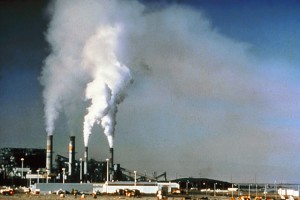
U.S. preterm births tied to air pollution cost $4 billion a year
U.S. premature births linked to air pollution cost more than $4 billion a year in medical care and lost economic opportunity, a new analysis estimates.

Fracking Creates Toxic Air Emissions in Texas
Since 2008, more than 7,000 oil and gas wells have been sunk into the brittle, sedimentary rock. Another 5,500 have been approved by state regulators, making the Eagle Ford one of the most active drilling sites in America.

